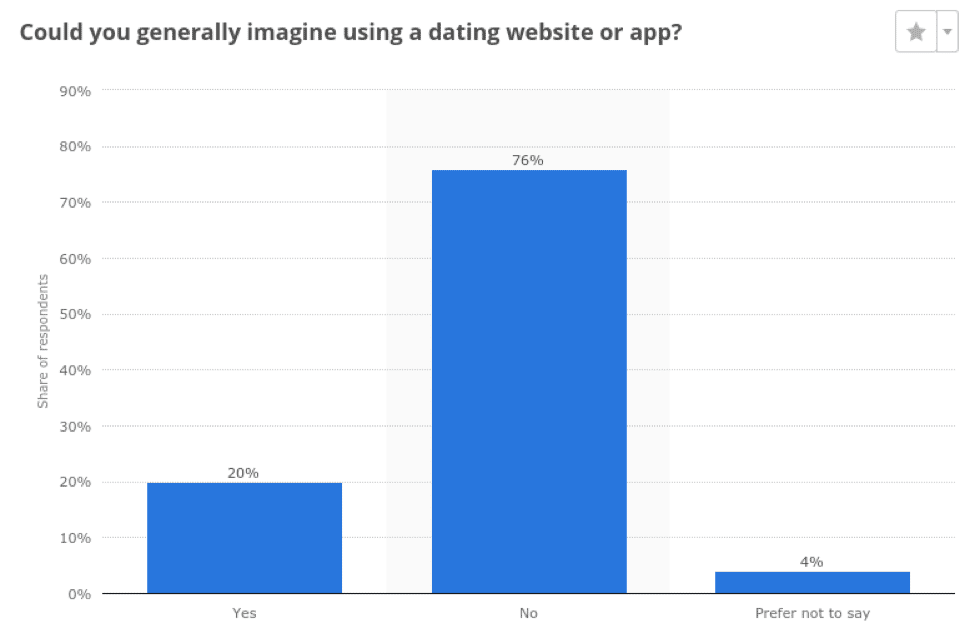
Dating Services: A Way Forward for an Industry Stuck at Second Base
Source: Bigstock and Subscription Insider
The business of online dating faces problems of stagnation and market fatigue, but new research conducted by Statista reveals growth opportunities that could revitalize the industry. MARKET OVERVIEW First, take a look at the current state of the industry. The actual size of the industry is debatable. The Washington Post calls it a $2.2 billion business. Statista's 2016 report pegs the online dating market at $1.9 billion in annual sales. IBISWorld puts...
HELLO!
This premium article is exclusively reserved for Subscription Insider PRO members.
Want access to premium member-only content like this article? Plus, conference discounts and other benefits? We deliver the information you need, for improved decision-making, skills, and subscription business profitability. Check out these membership options!
Learn more about Subscription Insider PRO memberships!
Already a Subscription Insider PRO Member?
Please Log-In Here!








